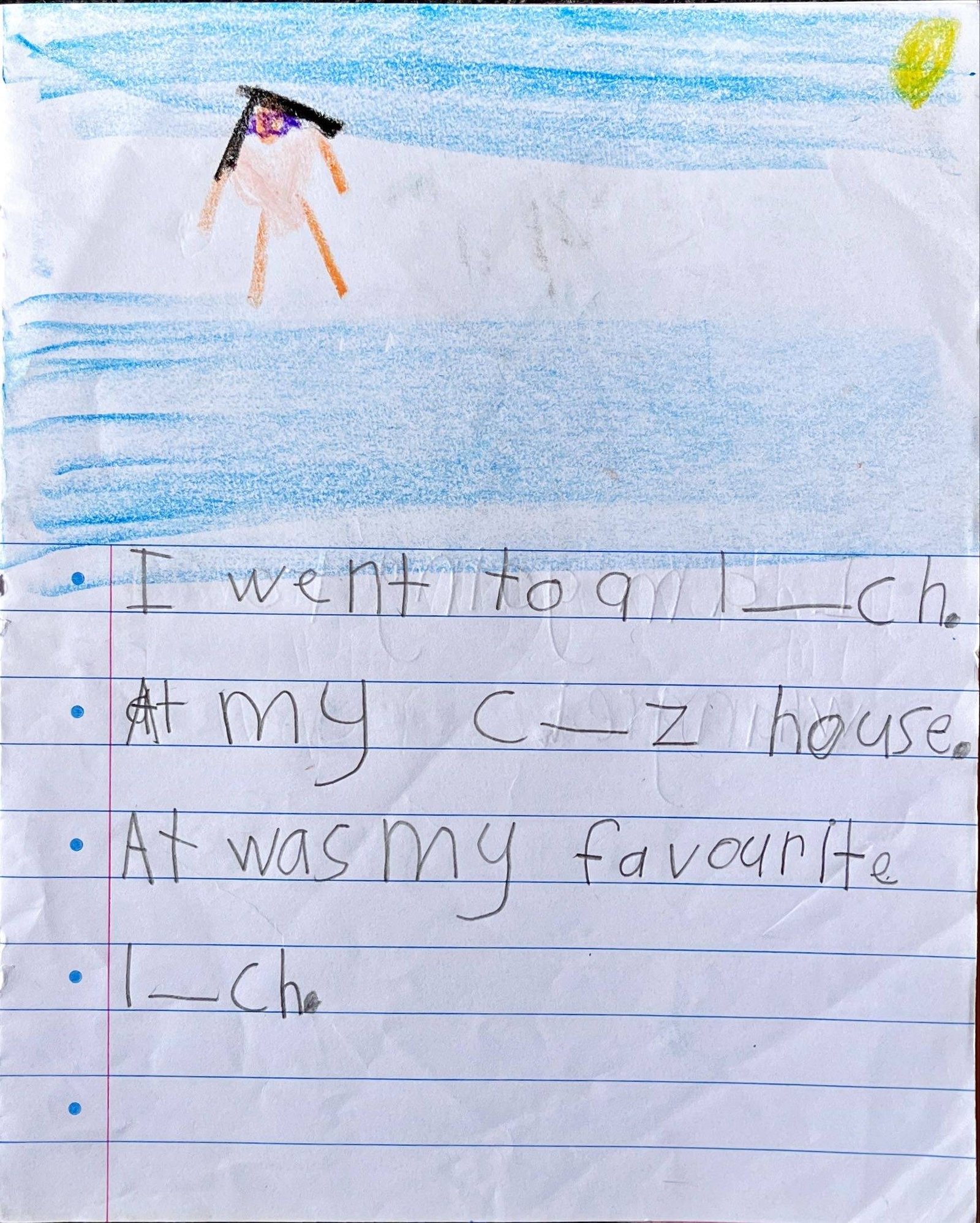There’s a common myth out there that Waldorf education doesn’t comprehensively teach literacy—or if it does, it’s not done in an evidence-based, structured way.
But here’s the thing: Waldorf education can absolutely be both artistic and structured, imaginative and evidence-based. The key? Understanding how to teach literacy in a way that truly works for children. Teaching reading and writing in a Waldorf context has been a passion of mine for years, and I’ve got a few favourite things that I really believe we can all use in our early literacy work with children.
So today, I’m sharing three simple, effective strategies to support literacy in a Waldorf-inspired way.
1️⃣ Kid Writing: The Power of ‘Having a Go’
One of the easiest ways to build confidence in writing is Kid Writing. ✏️

Encourage children to write the sounds they hear—without fear of getting it ‘wrong.’ This builds phonemic awareness, creativity, and the courage to write before they’ve mastered spelling. Kid writing (as opposed to ‘adult’ writing) is the idea that children write down any sounds they know and use a ‘magic line’ to represent any sounds or words they don’t know. Bottom line – they need to be able to read back what they’ve written (the key here is that they can read it – not you!).
✨ Try this: Next time your child wants to write, encourage them to sound out the words themselves. Celebrate the effort, not the spelling. Once they’re finished, you can ‘adult write’ the same story underneath. Don’t make yours right and theirs wrong – just show them that there is an adult way of writing the same thing. Let that be the learning in itself. One of my favourite things about kid writing is how much you get to see – notice the sounds and rules they’re confident with and using correctly, and those things that aren’t appearing in the kid writing (and therefore need more explicit practice).
2️⃣ Explicitly Teaching Phonics Rules
It’s a common belief that, in Waldorf education, kids will just ‘magically’ start reading and writing one day when they’re ready.’
💡 Spoiler alert: This only works for a small percentage of children. Most need direct, structured instruction to understand how the English language works (English is hard!).
✨ Try this: Choose a phonics program and stick with it – at the very least have a list of phonics rules that you want your children to know by the end of each year, and work towards them. Phonics rules can be taught explicitly through stories, drawing, acting, puzzles, writing, and reading stories together. The Roadmap to Literacy was a gamechanger for Waldorf teachers in this space, but there are loads of different phonics programs out there to choose from (note – you don’t have to actually teach these the way they would be in mainstream classrooms, you can just you them as a checklist of skills to teach).
3️⃣ A Spelling Programme Can Be a Game-Changer
There’s nothing more frustrating for young writers than getting stuck on spelling every few words. By Class 3, a structured spelling approach helps kids build confidence and fluency in writing.
Personally, I love the New Wave spelling books—they’re dyslexia-friendly, adaptable for different ability levels, and the program works for children aged about eight to thirteen.
✨ Try this: If spelling is a struggle, introduce a word tin or list for each week – use the spelling words in your chosen programme, or build a list yourself, select a set number for the week, and do a different activity each day to practice the words – dictation, fill-in-the-blanks, finger spelling, i-spy…
At the end of the day, we’ve got to remember that teaching English requires multiple levels of teaching – phonics, spelling, grammar, rules, writing, and so much more. For every rule that exists in English, there’s a reason to break it, so we’ve got to be careful to make sure our children have as many tools as they can to read and write with confidence. More than anything though – practice, practice, practice.
